#stromatolite
Photo

An example of stromatolite, a layered sedimentary formation caused by photosynthetic bacteria. This example is around 2.2 billion years old.
by Bernard Dupont
5K notes
·
View notes
Text
Stromatalus, the Solitary Golem Pokemon!
Type: Grass/Rock
Roaming the Earth when there was nothing else, Stromataluses are solitary creatures. Powering themselves via sunlight or heat from the planet, they'd travel over the shallow seas and barren land of its time, searching for something unknown to us.

#pokemon#fakemon#carbohs#natural history#paleontology#paleoblr#paleoart#evolution#risk of rain 2#stone golem#stromatolite
7 notes
·
View notes
Text

First Sighting
Caspian Tern, standing on stromatolite, Lake Thetis
On my travels
The stromatolites in Lake Thetis have been growing for at least 3,500 years.
#original photographers#nature photography#wildlife photography#bird photography#Caspian Tern#stromatolite#on my travels#Lake Thetis
32 notes
·
View notes
Text

Stromatolites! | Estromatólitos!
🇬🇧
Stromatolites are fascinating geological structures that hold crucial information about the early history of life on Earth. These formations are layered structures created by the activity of microbial communities, primarily cyanobacteria, in shallow aquatic environments. These ancient photosynthetic microorganisms played a significant role in Earth's early atmosphere by releasing oxygen as a byproduct of photosynthesis. The ability of cyanobacteria to thrive in such environments, including hypersaline or hot spring environments, makes stromatolites important environmental indicators.
They form through the trapping, binding, and precipitation of minerals by the sticky biofilms produced by microbial mats. The layering results from the repeated growth of these microbial communities over time. They have an extensive geological history, with some of the oldest known examples dating back over 3.5 billion years. These ancient structures provide valuable insights into the conditions and types of life that existed on Earth during its early stages.
The study of stromatolites has implications beyond Earth. Examining these ancient structures helps scientists in their search for signs of past or present life on other planets, providing a potential template for what to look for in extraterrestrial environments. While stromatolites were more prevalent in ancient times, they still exist today in a few select locations worldwide. Shark Bay in Western Australia is famous for its living stromatolites, providing a unique opportunity to study these ancient life forms in a contemporary setting.
The study of stromatolites is crucial for understanding the evolution of life on Earth. The layered structures provide a record of the interactions between early microbial life and the changing environment, offering glimpses into the development of complex ecosystems. They are remarkable geological features that offer a glimpse into Earth's ancient past and the early forms of life that shaped our planet! Studying these structures contributes not only to our understanding of Earth's history but also to the broader field of astrobiology as we explore the potential for life beyond our planet.
🇧🇷
Estromatólitos são estruturas geológicas fascinantes que contêm informações cruciais sobre a história inicial da vida na Terra. Essas formações são estruturas em camadas criadas pela atividade de comunidades microbianas, principalmente cianobactérias, em ambientes aquáticos rasos. Esses microrganismos fotossintéticos antigos desempenharam um papel significativo na atmosfera inicial da Terra, liberando oxigênio como subproduto da fotossíntese. A capacidade das cianobactérias de prosperar em ambientes extremos, incluindo ambientes hipersalinos ou de água termal, torna os estromatolitos indicadores ambientais importantes.
Eles se formam pela captura, ligação e precipitação de minerais pelos biofilmes pegajosos produzidos por tapetes microbianos. A formação em camadas resulta do crescimento repetido dessas comunidades microbianas ao longo do tempo. Eles têm uma extensa história geológica, com alguns dos exemplos mais antigos datando de mais de 3,5 bilhões de anos. Essas estruturas antigas fornecem dados sobre as condições e os tipos de vida que existiam na Terra durante seus estágios iniciais.
O estudo dos estromatolitos tem implicações além da Terra. Examinar essas estruturas antigas ajuda os cientistas em sua busca por sinais de vida passada ou presente em outros planetas, fornecendo um modelo potencial do que procurar em ambientes extraterrestres. Embora os estromatolitos fossem mais prevalentes em tempos antigos, ainda existem hoje em poucos locais selecionados em todo o mundo. Shark Bay, na Austrália Ocidental, é famosa por seus estromatolitos vivos, proporcionando uma oportunidade única de estudar essas formas de vida antigas em um ambiente contemporâneo.
O estudo dos estromatolitos é crucial para entender a evolução da vida na Terra. As estruturas em camadas fornecem um registro das interações entre a vida microbiana inicial e o ambiente em mudança, oferecendo vislumbres do desenvolvimento de ecossistemas complexos. Eles são características geológicas notáveis que oferecem uma visão do passado antigo da Terra e das formas iniciais de vida que moldaram nosso planeta! O estudo dessas estruturas contribui não apenas para nossa compreensão da história da Terra, mas também para o campo mais amplo da astrobiologia, enquanto exploramos o potencial de vida além do nosso planeta.
#space#universe#paleobotany#paleontology#science#digital painting#stromatolite#earth#life#biology#geology#biodiversity#geography#geografia
10 notes
·
View notes
Text
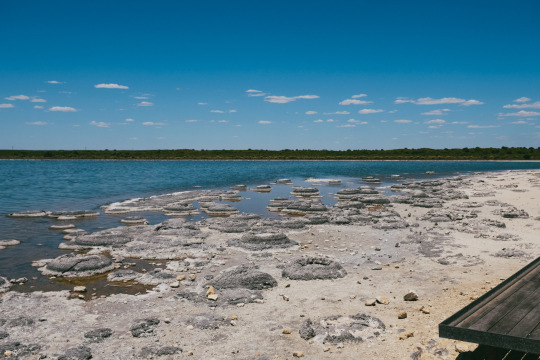
年2020 月12 日24
Lake Thetis, WA
Fujifilm X-T20 + XF18-55mm
#photography#travel#perth#western australia#australia#original photography#aesthetic#wanderlust#photographers on tumblr#day photography#fujifilm#photoblog#photoblr#fujifilmseries#stromatolite#lake
13 notes
·
View notes
Photo

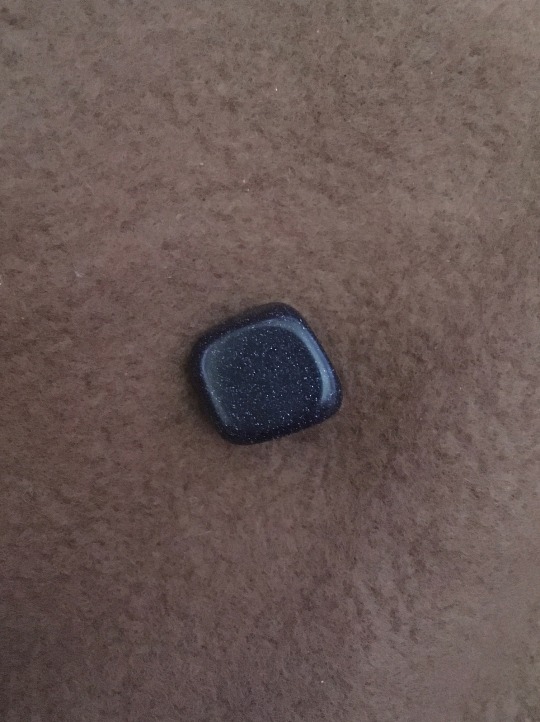
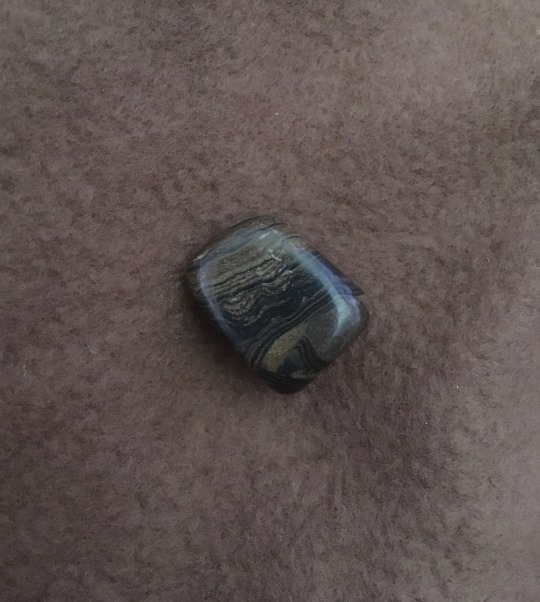
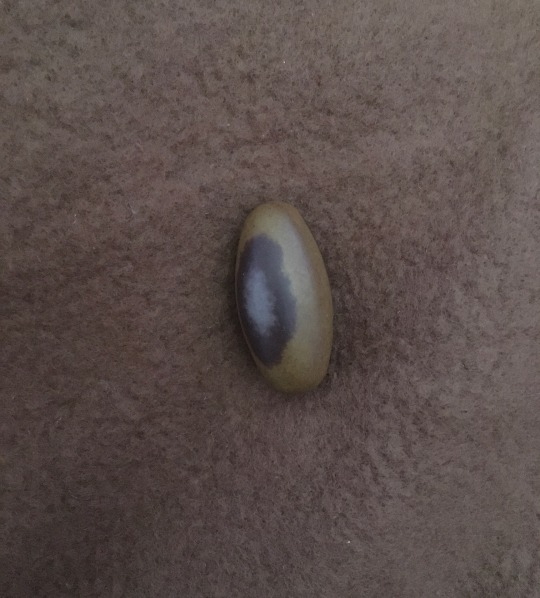
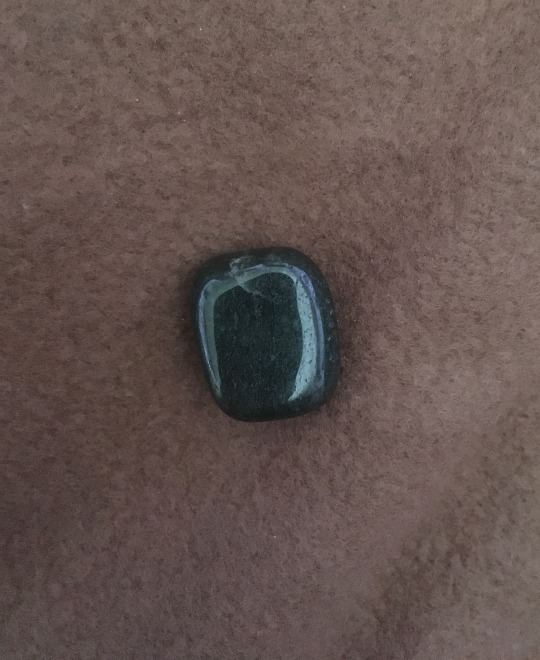
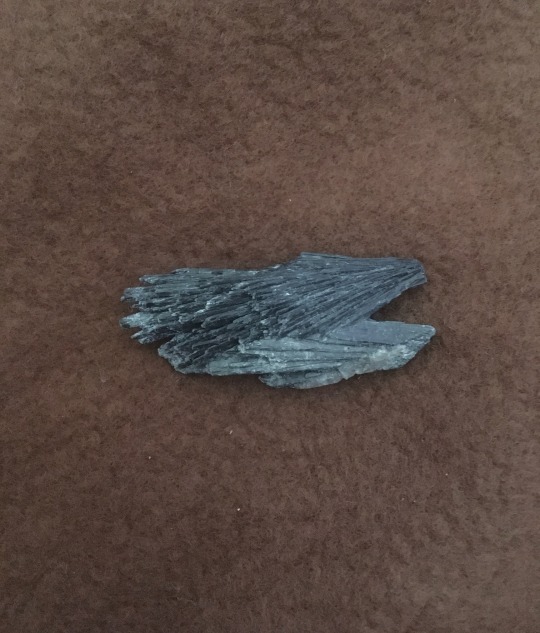
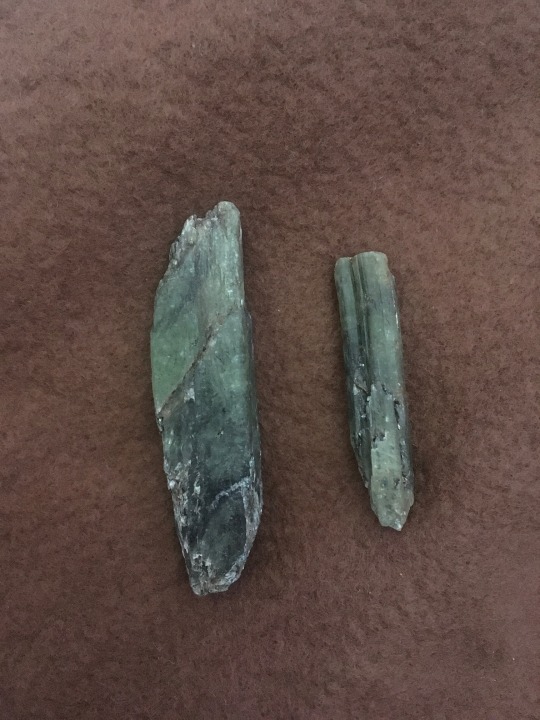
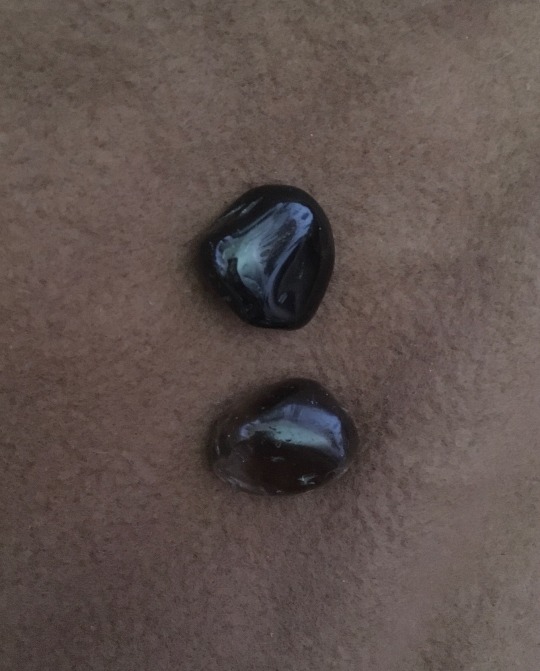
Soem new crystals I was able to get recently, some will be going onto specific altars, and some will be joining my general hoard >:)
There is blue sandstone (goldstone), stromatolite, a shiva lingam stone, aventurine, black kyanite (it looks like a dragon head <|:^]), two pieces of green kyanite and two smokey quartz pieces (one darker and one more transparent).
#crystals#crystal collection#crystal witch#my post#shinies#my hoard#my photos#rocks#rock collection#rock collecting#rock collector#kyanite#stromatolite#aventurine#smoky quartz#quartz#gremlincore#gremlin hoard#crowcore#crow hoard#corvidcore#dragoncore#dragon hoard#dragon aesthetic#forestcore#witch#witchcraft#fairycore#goblincore#goblin hoard
53 notes
·
View notes
Text
Australia - Ningaloo Reef - Shark Bay/Monkey Mia (Western Australia)

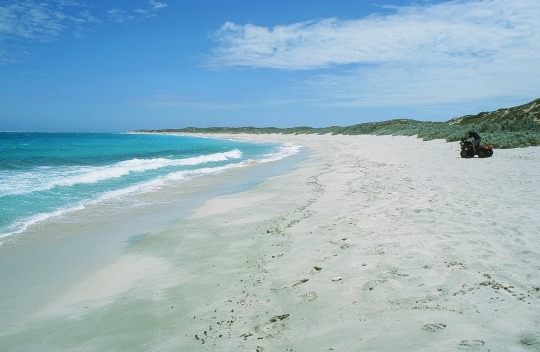
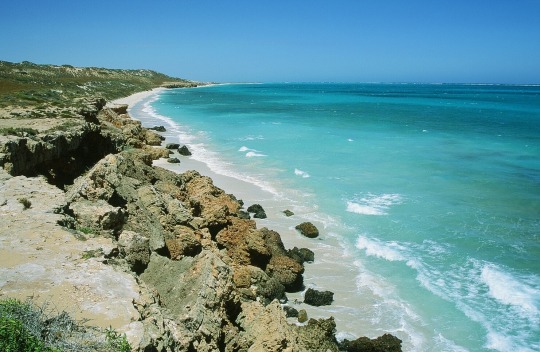

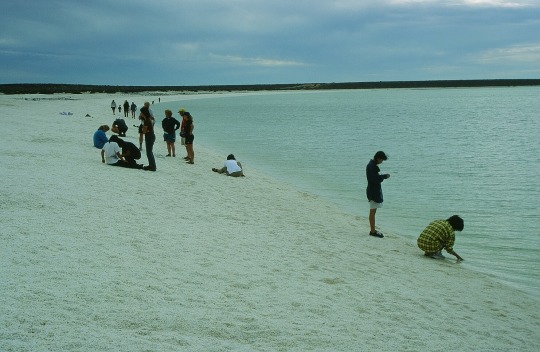


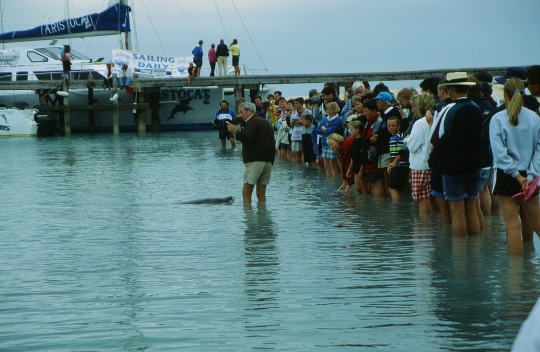
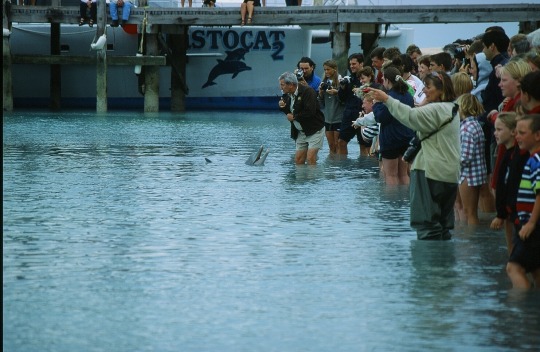

#traveling#reisen#australia#australien#western australia#ningaloo reef#shark bay#stromatolite#stromatolith#monkey mia#dolphins#delphine
2 notes
·
View notes
Text

A stromatolite. They're formed by layers of microbes living and dying on top of one another and are some of the oldest fossils on Earth.
10 notes
·
View notes
Text
The Artwork of Fossils and Geology in Glacier National Park
The formations found in the fossils and geology at Glacier National Park are a work of art!
The wavy appearance of stromatolite fossils in Glacier National Park may remind you of the sky in Vincent van Gogh’s The Starry Night. These mesmerizing swirls represent one of the earliest life forms on our planet. If we traveled back in time in Glacier National Park to over 1 billion years ago, we would find ourselves transported to a landscape that was covered by a vast, shallow sea. In the warm water cyanobacteria, or blue-green algae, carried out photosynthesis and helped to create an oxygen rich environment. Cyanobacteria, mixed with sediments is what causes stromatolites to form. Sediments become trapped and the algae grows through the sediments. This creates the distinctive layers of algal mats and sediment. Overtime, the layers flatten out and keep expanding. Stromatolites form in different shapes including conical, stratiform, branching, domal, and columnar. Some of the oldest stromatolite fossils found in Glacier National Park are in the upper Altyn Limestone (1.35 to 1.45 billion years old) near Apikuni Falls. They can also be found in the Appekunny and Grinnell Formations, the Siyeh Formation, the Snowslip Formation, and the Shepard and Mt. Shields Formations. They were widespread and abundant during the Precambrian (4,500 to 500 million years ago) forming reef-like structures known as bioherms. Today similar living stromatolites can be found in tidal channels in the Bahamas and Australia. The stromatolites in Glacier National Park are some of the oldest fossils preserved in any National Park Service unit and the variety of stromatolite fossils here is one of the richest accumulations of Precambrian life in the United States.
What artistic interpretations can you find in the fossils and geologic formations of Glacier National Park?
Read more about stromatolites: https://www.nps.gov/articles/park-paleo-fall-2018-stromatolites.htm
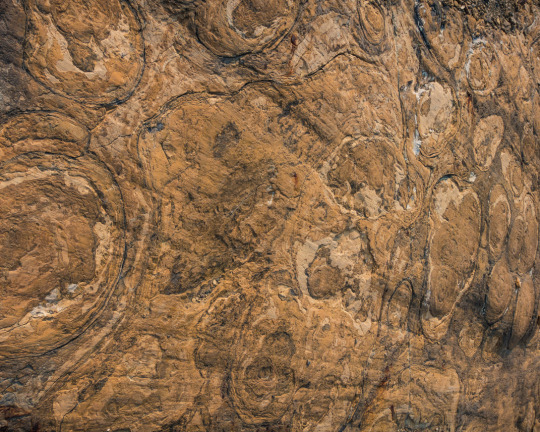



14 notes
·
View notes
Text

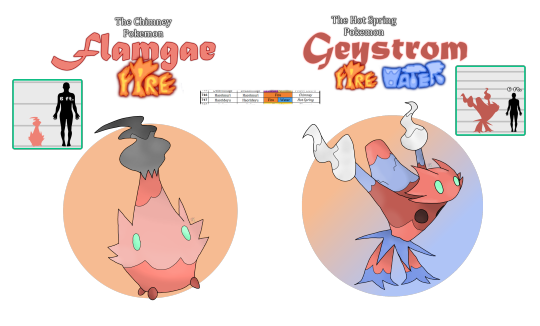
into the mountains we go!
|| The Rotzard Line || The Flamgae Line ||
Make sure to check these links out before you go! Please...?
-Twitter-
-Tumblr-
-DeviantArt-
-Newgrounds-
-FurAffinity-
#pokemon#fakemon#south kalos#poison type#ground type#fire type#water type#wobblewok#yo-kai watch#yokai watch#bearded dragon#gila monster#algae#stromatolite#prehistoric
6 notes
·
View notes
Photo
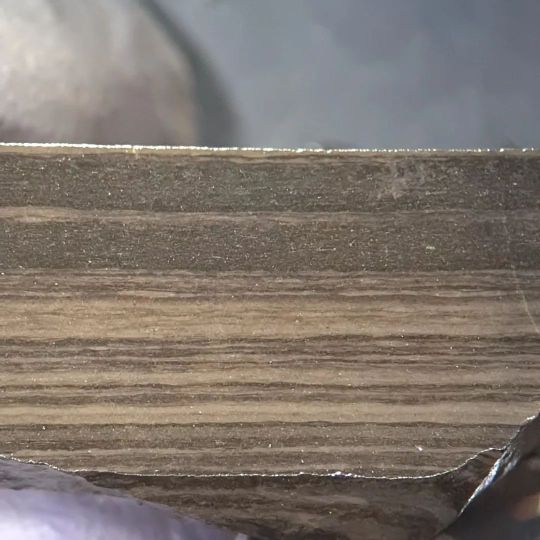
This sample consists of black wrinkly microbial mats, and green grey claystone from the 1.4 billion year old Velkerri formation, from northern Australia. The mats were dominated by cyanobacteria living on the bed of a shallow sea that covered northern Australia at the time. The organic matter contained lots of sulphur which was converted into pyrite during burial. You can sea the pyrite as the sparkly gold flecks in the close up of the black mats. This area of the sea was far from land so instead of depositing grains eroded from existing rocks, like sand, sediment chemically precipitated from the sea water. The sea was rich in iron and silica and so iron silicate clays formed on the sea bed. The iron is green because they're was little oxygen around for it to react with. This process of chemical sedimentation is very slow and so there was plenty of time for the mats to grow across the sea bed. This also means that other material can accumulate on the sediment that would be lost in areas of rapid sedimentation. So I've also found lots of volcanic ash and spherules in these layers. I've also found mysterious grains in these samples which may be impact spherules from a meteor impact, or perhaps even micrometeors too. We don't know what the banding represents. It could be seasonal growth of the mats, it could reflect how nutrient abundance changes, or could effect changes in the rate if sedimentation. It could even reflect all our none of the above. I'm going through these samples, documenting the sedimentary textures and deciding which samples I want to turn into thin sections to examine under the petro microscope, and then to digest in acid to extract the fossils from. #geologyjohnson #geologist #geology #geologyrocks #sedimentary #microbial #microbialmat #precambrian #mesoproterozoic #fossil #fossils #stromatolite #Australia #green #shale #mudstone #earlylife #proterozoic https://www.instagram.com/p/Cc-dI2mNRVF/?igshid=NGJjMDIxMWI=
#geologyjohnson#geologist#geology#geologyrocks#sedimentary#microbial#microbialmat#precambrian#mesoproterozoic#fossil#fossils#stromatolite#australia#green#shale#mudstone#earlylife#proterozoic
12 notes
·
View notes
Text
This took me way too long. But now it's posted as a background to a display in a museum so I guess it was worth it. If you've seen it, you know where I got my rock degree 👀
Interested in commissioning me? I have a telegram channel! (It's NSFW & sfw) t.me/geogenetjunk

10 notes
·
View notes
Text
NASA Rover Reaches Promising Place to Search for Fossilised Life on Mars
Unlike its predecessor Curiosity, NASA’s Perseverance rover is explicitly intended to “search for potential evidence of past life,” according to the official mission objectives.
The Best Things You Didn’t Know Your Switch Could Do
Jezero Crater was chosen as the landing site largely because it contains the remnants of ancient muds and other sediments deposited where a river discharged into a…
View On WordPress
#Astrobiology#Composition of Mars#Creative Commons#Environment#Fossil#Gizmodo#Jet Propulsion Laboratory#Jezero#Jezero crater#Ken Farley#Life on Mars#limestone#mars#perseverance#Sample-return mission#Sean McMahon#Sedimentary rock#Stromatolite
0 notes
Text
La lagune aux 7 couleurs de Bacalar
Nouvel article publié sur https://www.2tout2rien.fr/la-lagune-aux-7-couleurs-de-bacalar/
La lagune aux 7 couleurs de Bacalar

#16eme siecle#Bacalar#Belize#bleu#bungalow#corail#crocodile#lac#lagon#lagune#mer#mexique#océan#paradis#pirate#ponton#stromatolite#vidéo#yucatan#imxok#nature#voyage
0 notes
Photo
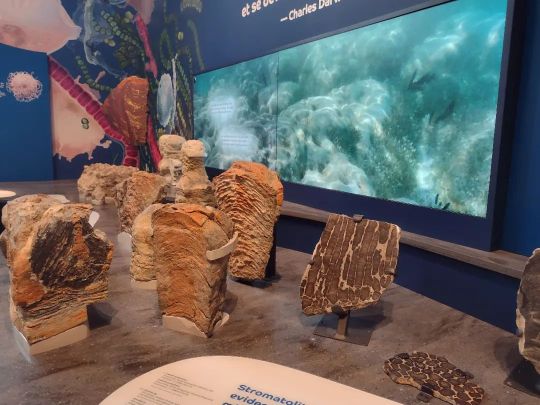
Stromalites #royalontariomuseum #dawnoflife #evolution #life #stromatolite (at Royal Ontario Museum) https://www.instagram.com/p/Ce4pbFatohZ/?igshid=NGJjMDIxMWI=
0 notes
Text

Stromatolite Fossil
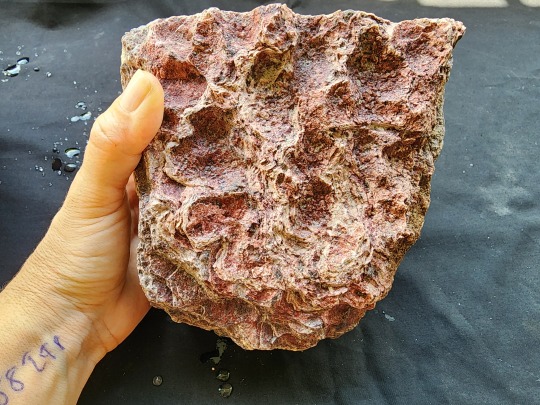

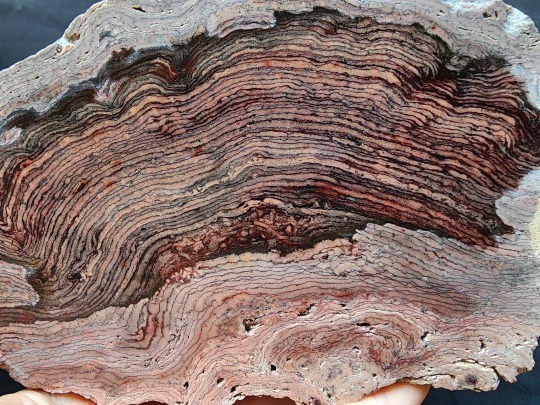
When I first saw this stone, I was excited. I was even more excited when I found out what it was. A record of the first life forms on Earth. Information from billions of years ago. How could I not be excited?
I would love to know all the information hidden inside this beautiful fossil.
Stromatolite Fossil
#fossil#fossils#paleontology#paleoart#special collections#stone aesthetic#collectibles#geology#geological formations#paleontography#stromatolite fossil#microbiology#rock collection#rocks and minerals#the collector
673 notes
·
View notes